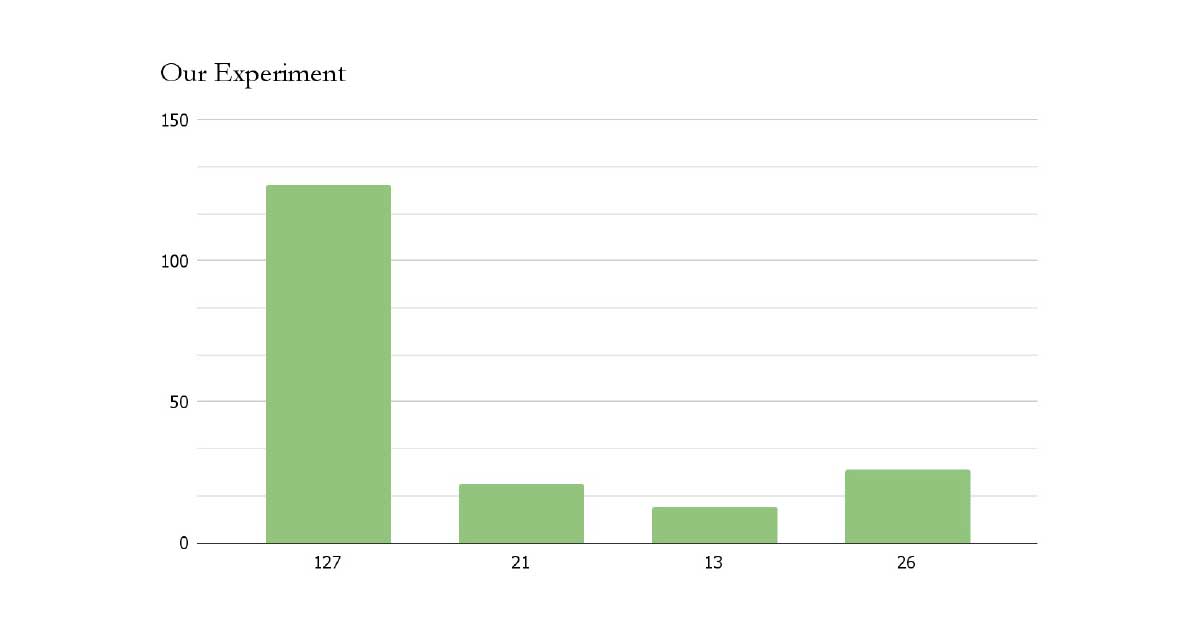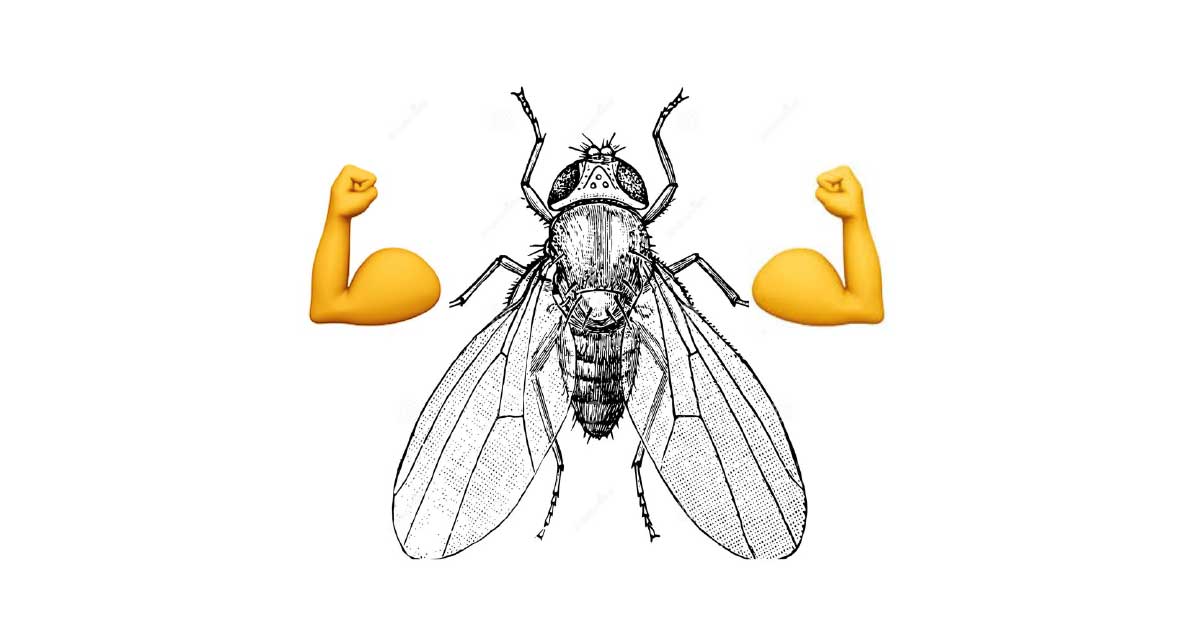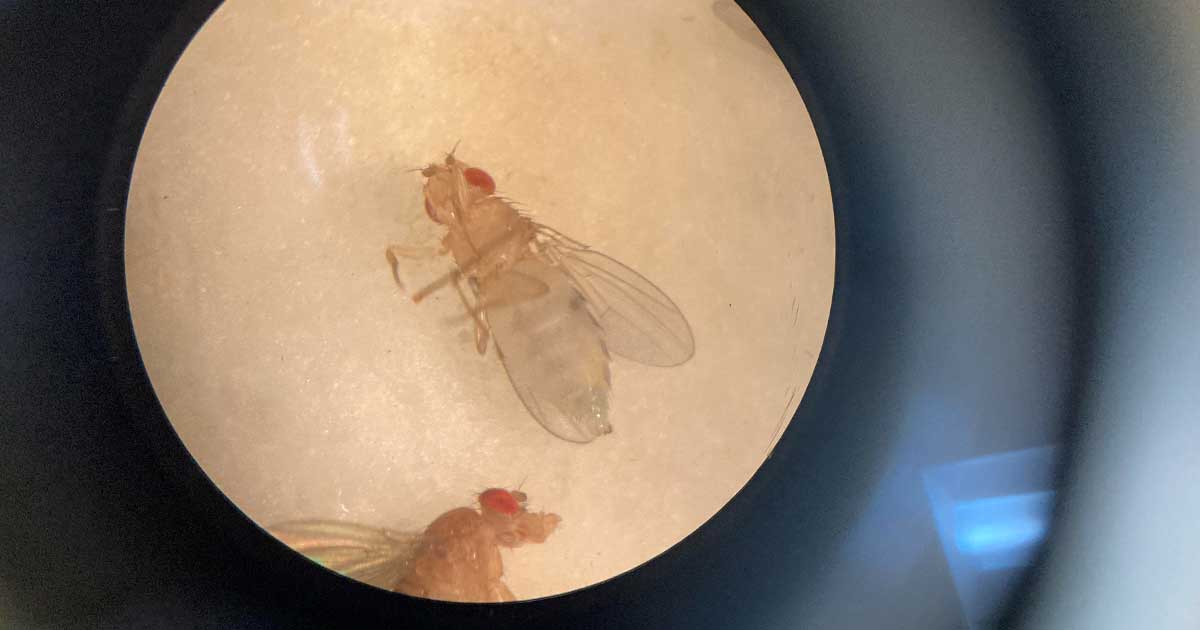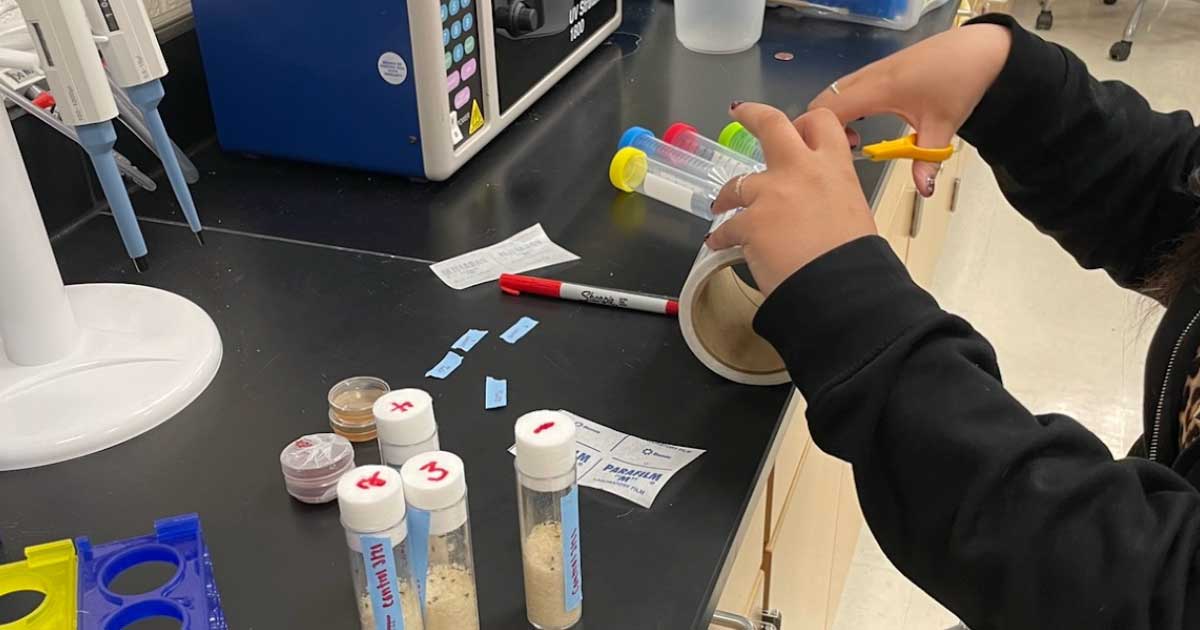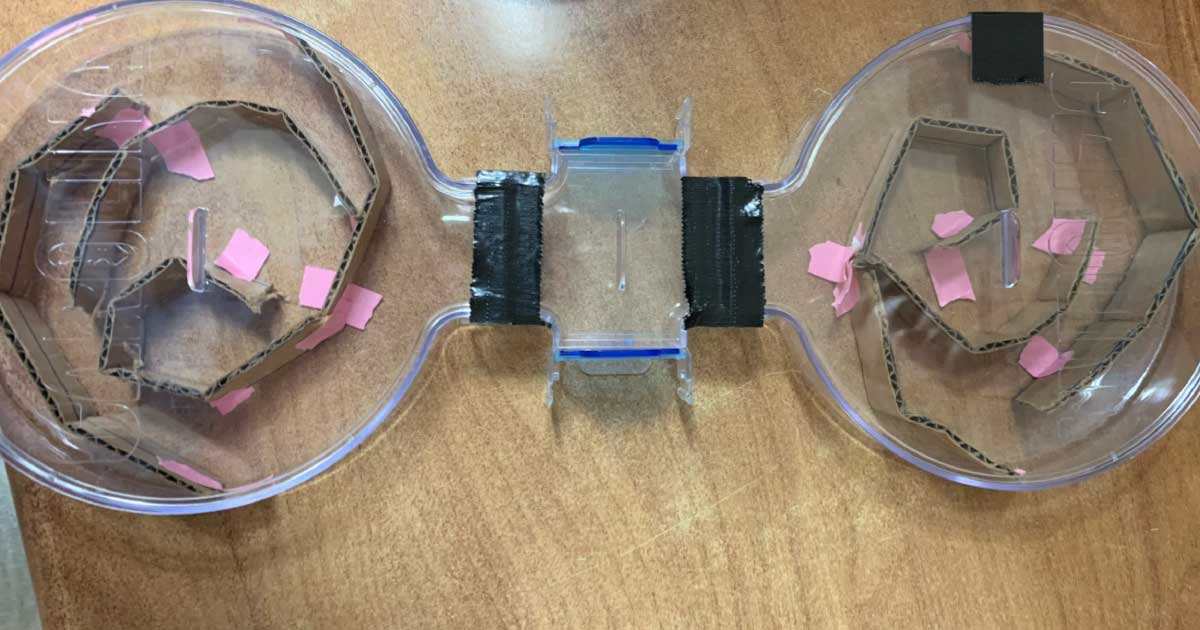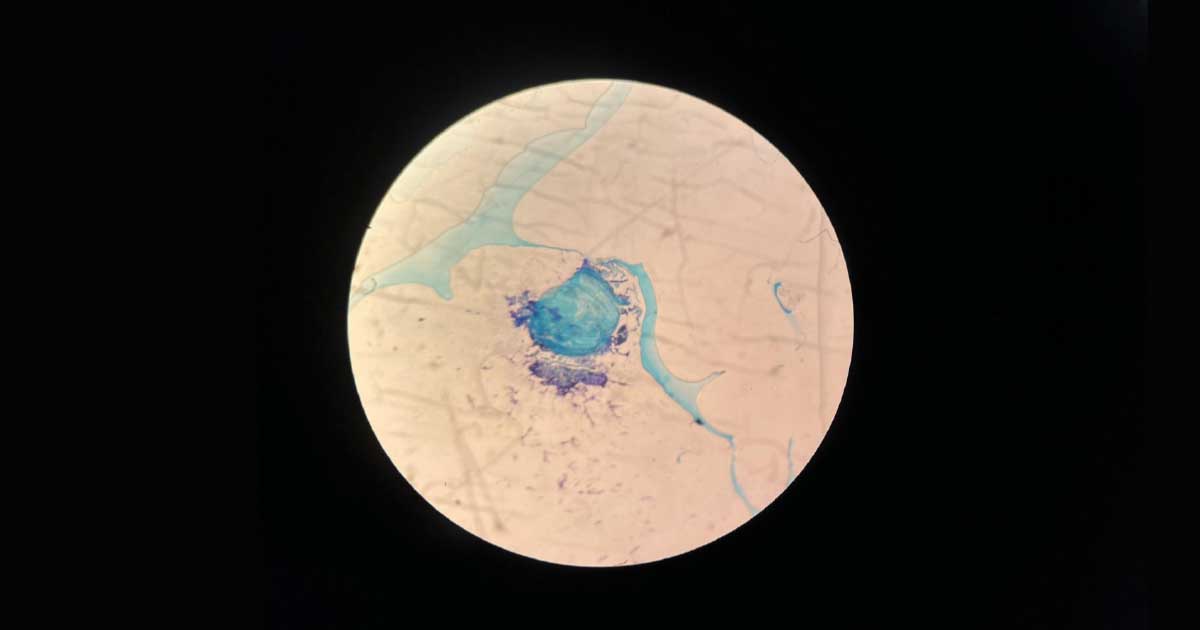By: The Gene Team
When handed our flies, we had no idea what we were getting ourselves into. At first, we struggled a lot with the everyday making of food for them. We could not maintain our flies successfully to the point where we almost had no flies to work with. It took us many class periods to create stock flies to be able to run our experiment with Whey Protein. Eventually, we found the perfect amount of food and water needed to keep them alive. This was our first unofficial experiment with the flies, trying to find the required ratio of food to water to keep them alive. This did take time, but we, in the end, got the hang of it and started to have insane amounts of fly stock ready for our next experiment. We went from finding vials of nothing but dead flies to mass populations where we couldn’t find the ones who started it. The simple task of just being able to take care of flies and trying to understand portion sizes and food ratios to keep them alive kept us on our path to even more obstacles that we will soon find a solution to. We quickly became professional fly caretakers in a matter of weeks.
When it came time for our actual experiment, we decided to see the effects of whey protein on male flies and how it would change their fertilization, which we would quantify with egg and larvae count. Since we had so much practice with our initial experiment of finding the golden food ratio, we were prepared for our investigation. Mr. Beal had provided the whey protein from the store for us. Our first attempt to infuse the whey protein into the fly food was to make it into a liquid mixture (the whey protein and water combined as if you were making a protein shake for yourself.) Then pour it with the stock food. This would act as our solvent, and the fly food being the solute. This did not work, unfortunately. It was too much of a hassle to combine it with the stock food and ultimately didn’t satisfy the flies’ needs, and it resulted in an uncomfortable living environment for them. After failing with our initial plan, we came up with a solution to mix the whey protein powder with the food and then add water to it. This indeed did happen to work. Once we made the food, we made a stock of flies eating off of the whey protein food. We had many vials of both male and female normal flies and now “buff” flies. We had previously made grape juice plates long before our whey protein, which we then were able to transfer ten normal females and ten buff male flies in one vial. We made 3 of these to have more data to look at. After doing so, we then had some mold. This mold didn’t matter too much to us because we had a lot of other data to look at. We realized that our mold infestation was due to air coming in the vials. We could have checked before leaving them in the vials, but it didn’t matter since we had many trials in this part of the experiment.
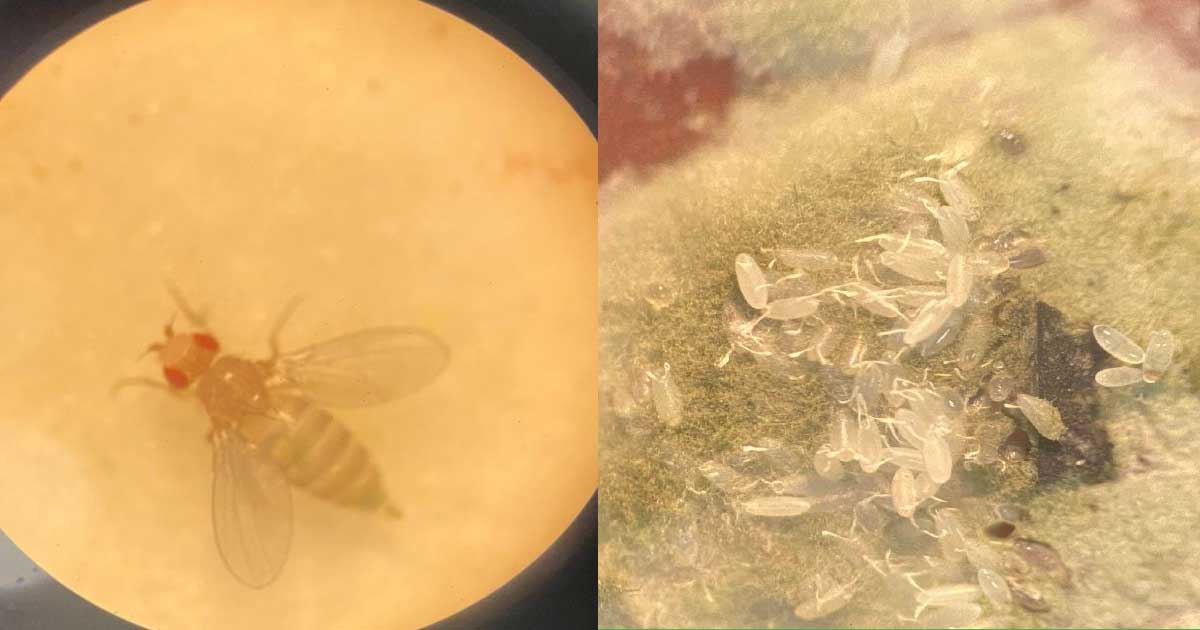
Our procedures weren’t too complicated. There wasn’t much handling or any intense steps that needed to be taken care of. The main antagonist in our experiment was mold which we already mentioned. Our results were very self-explanatory. When we looked at our experimental group and tested the whey protein on them, we found that their fertility rate concluded gave us 13 larvae, 26 eggs, and 39. We found that, on average, our larvae count was 127, and our egg was 21, bringing it to a total of 148. Overall, the whey protein in our experiment affected our flies’ fertility negatively, as we had hoped for in our hypothesis.
